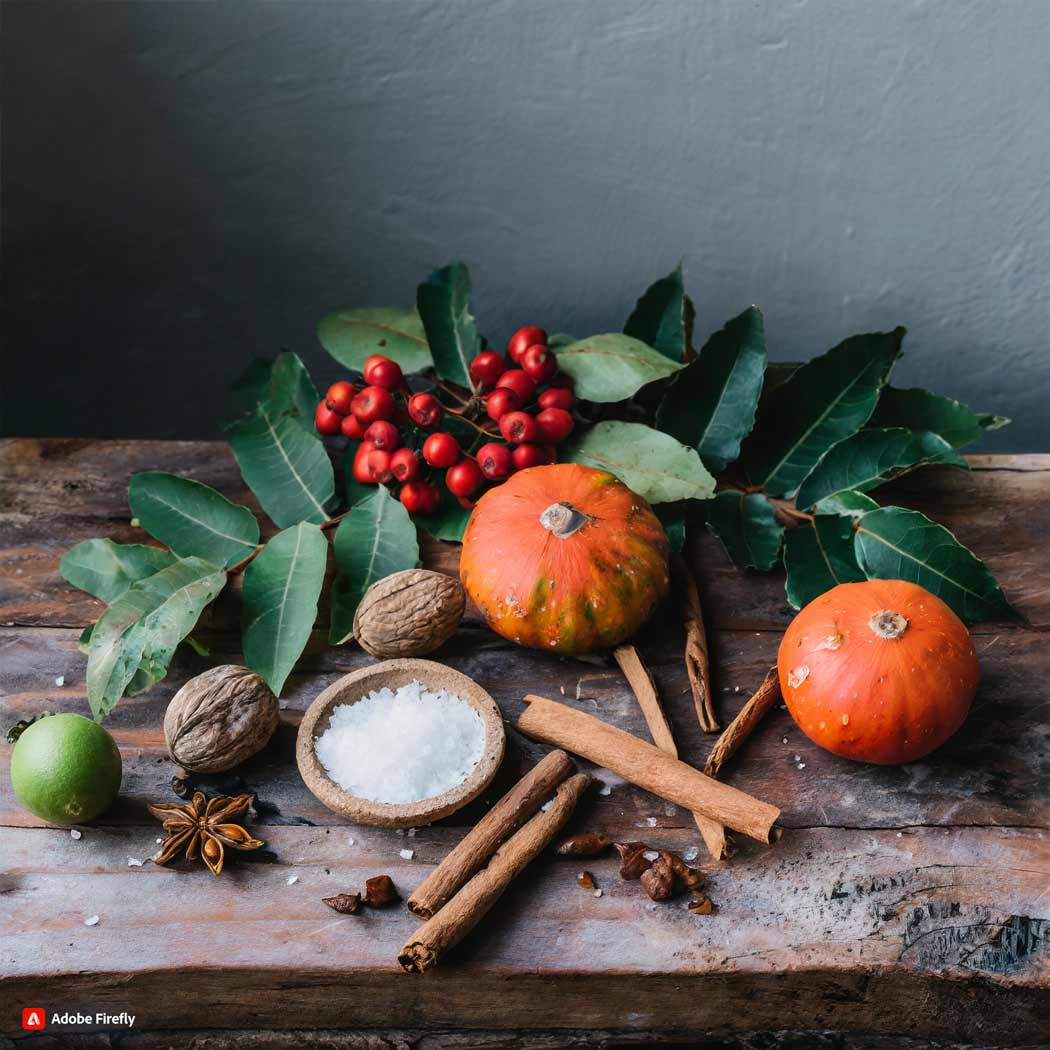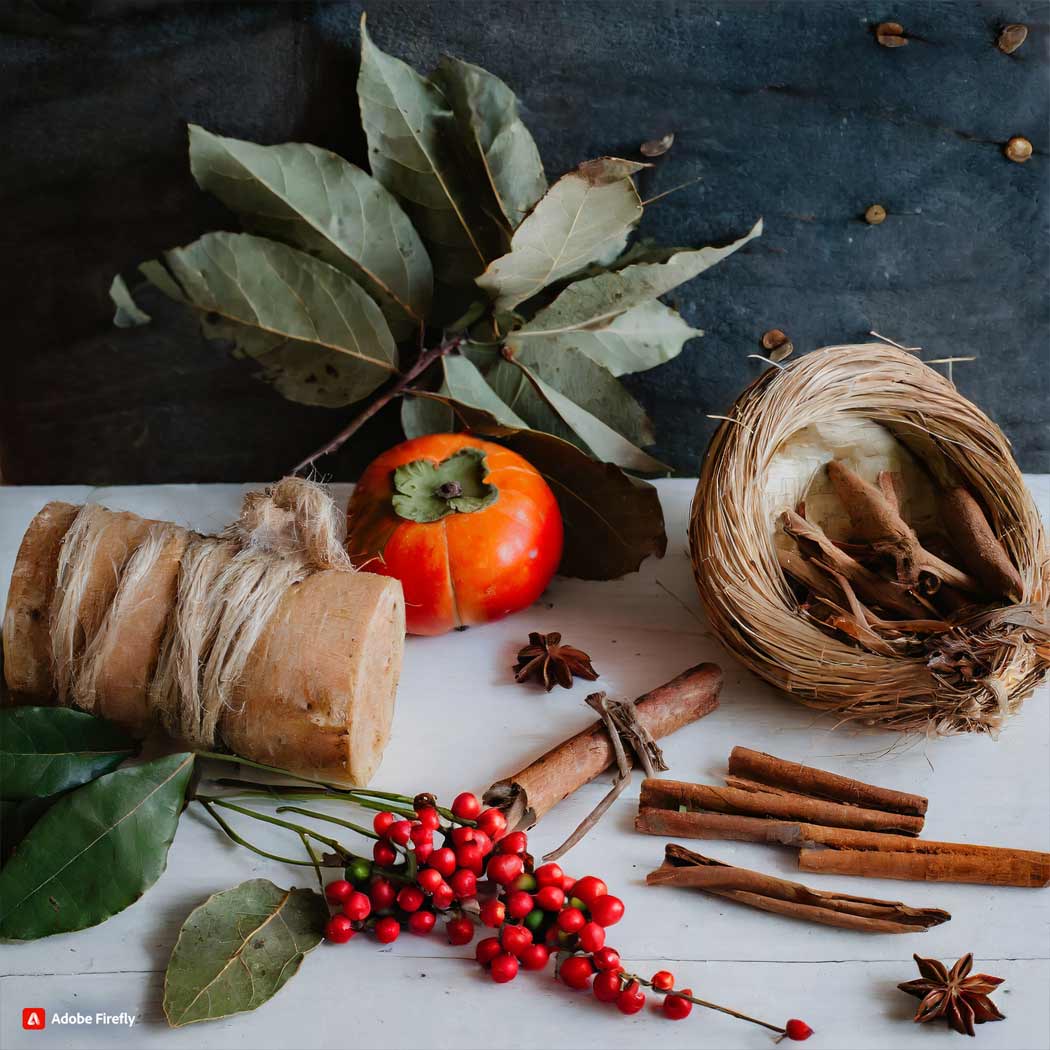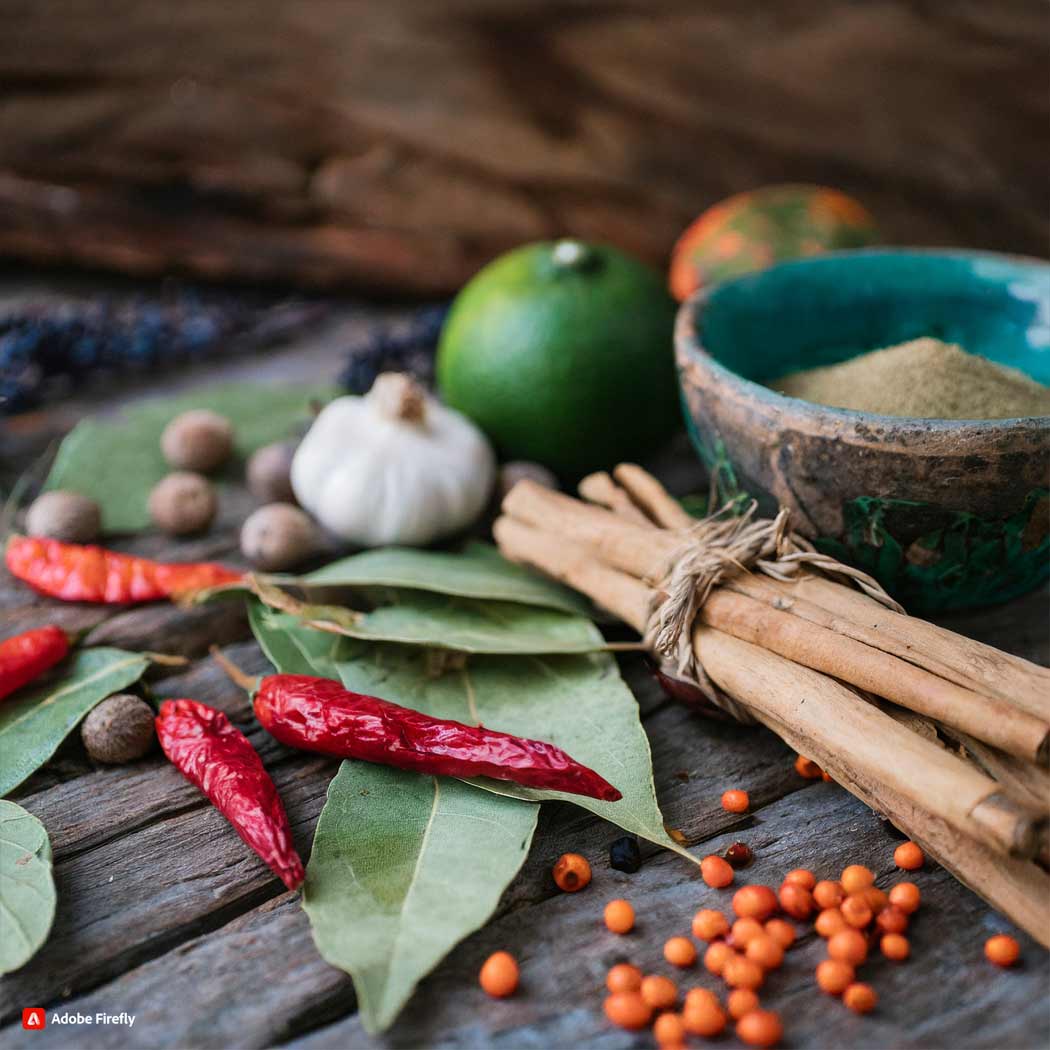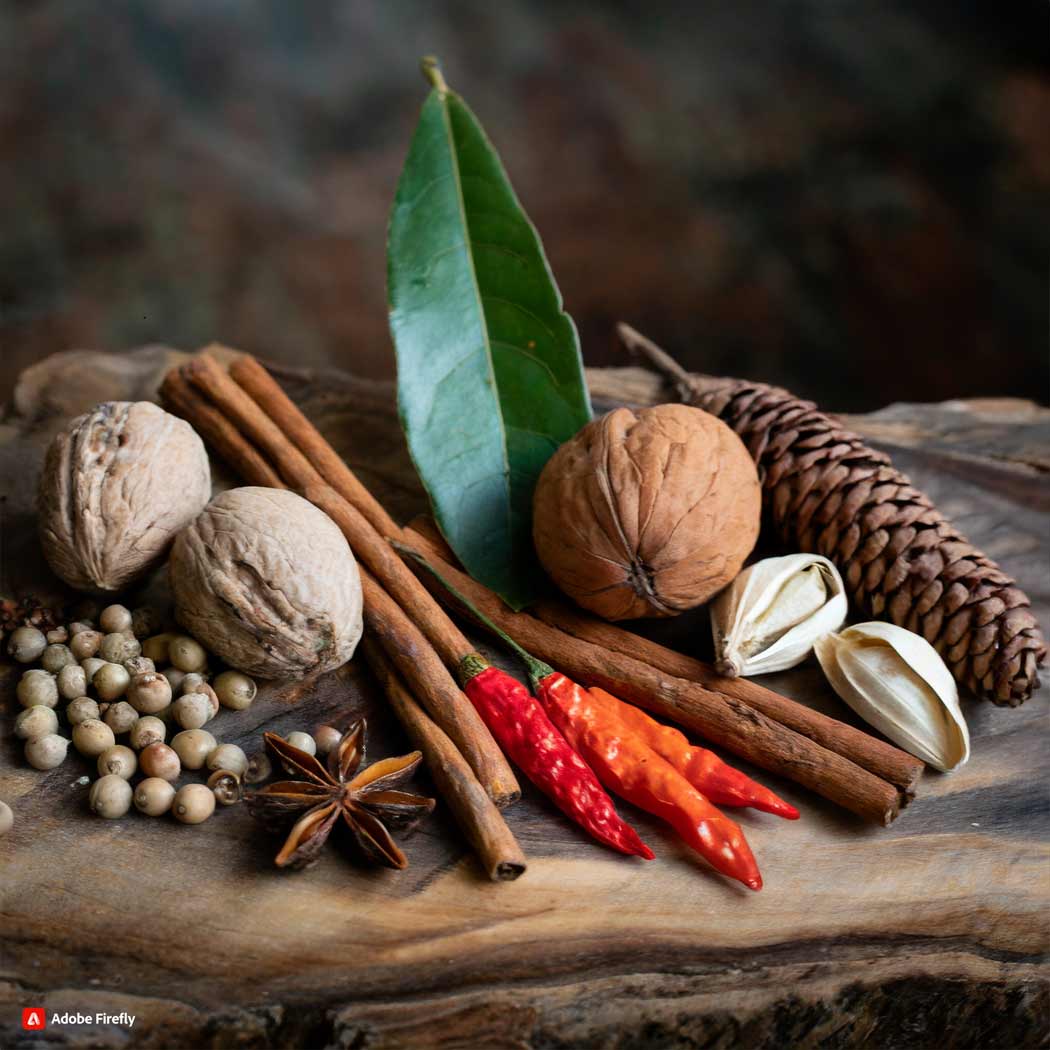“Discover the rich and diverse flavors of Canadian cuisine with our Culinary Calendar featuring seasonal indigenous ingredients. From wild berries to game meats, let these traditional ingredients inspire your next culinary adventure. Check out our collection of indigenous recipes at culinary.1touchfood.com and start cooking with a taste of Canada today!” Explore now
Introduction
A Culinary Calendar: Seasonal Indigenous Ingredients Inspiring Canadian Cuisine is a unique and innovative approach to cooking that celebrates the diverse and rich culinary traditions of Canada’s Indigenous peoples. This calendar highlights the importance of using seasonal and locally-sourced ingredients in traditional Indigenous dishes, while also incorporating modern techniques and flavors. By showcasing the bounty of Canada’s land and waters, this culinary calendar not only creates delicious and sustainable meals, but also honors the cultural heritage and connection to the land of Indigenous communities.
Exploring the Richness of Seasonal Indigenous Ingredients in Canadian Cuisine

As the seasons change, so do the ingredients that are available to us. In Canada, we are fortunate to have a diverse range of Seasonal Indigenous Ingredients that inspire our cuisine. From the sweet maple syrup of spring to the hearty game meats of winter, these ingredients not only add unique flavors to our dishes but also connect us to the land and the rich history of Indigenous peoples.
Spring is a time of renewal and growth, and it brings with it some of the most beloved indigenous ingredients in Canadian cuisine. One of the most iconic is maple syrup, which is harvested from the sap of maple trees. This sweet and sticky syrup is used in a variety of dishes, from pancakes and waffles to glazes for meats and vegetables. It is also a key ingredient in traditional Indigenous dishes such as bannock and maple sugar pie.
Another springtime ingredient that is popular in Canadian cuisine is fiddleheads. These tightly coiled ferns are foraged in the wild and have a unique flavor that is often described as a cross between asparagus and green beans. They are a versatile ingredient that can be sautéed, grilled, or pickled and used in salads, soups, and stir-fries.

As we move into summer, the abundance of fresh produce in Canada is a chef’s dream. One of the most versatile and widely used ingredients is corn. Indigenous peoples have been growing and using corn for centuries, and it remains a staple in their cuisine. From corn on the cob to cornbread and corn soup, this ingredient adds a sweet and earthy flavor to many dishes.
Another summer ingredient that is deeply rooted in Indigenous culture is wild rice. This grain is harvested from lakes and rivers in Ontario and Manitoba and has been a dietary staple for Indigenous peoples for generations. It has a nutty flavor and can be used in a variety of dishes, including soups, salads, and even desserts.
As the leaves start to change and the air becomes crisp, we enter the season of fall. This is a time when many ingredients are at their peak, including wild mushrooms. Canada is home to a variety of wild mushrooms, such as chanterelles, morels, and porcini, which are prized for their unique flavors and textures. They are often used in hearty dishes like stews and risottos, adding a rich and earthy depth of flavor.
Fall is also the season for hunting, and game meats such as venison, moose, and bison are popular ingredients in Indigenous cuisine. These meats are lean and have a distinct flavor that is often described as gamey. They are often slow-cooked and used in dishes like stews, chili, and roasts, making them perfect for warming up on a chilly autumn day.
As winter sets in and the temperatures drop, we turn to hearty and comforting dishes to keep us warm. One ingredient that is synonymous with Canadian winter cuisine is the potato. This humble root vegetable is a staple in many Indigenous dishes, including poutine, a popular Canadian comfort food. It is also used in soups, stews, and casseroles, making it a versatile and essential ingredient in Canadian cuisine.

Another winter ingredient that is deeply rooted in Indigenous culture is pemmican. This traditional food is made from dried meat, fat, and berries and was a vital source of nutrition for Indigenous peoples during the long winter months. It is still used in modern Canadian cuisine, often in dishes like bannock and stews, and is a reminder of the resilience and resourcefulness of Indigenous peoples.
In conclusion, the richness of Seasonal Indigenous Ingredients in Canadian cuisine is a reflection of the diverse landscape and cultural heritage of our country. From the sweet maple syrup of spring to the hearty game meats of winter, these ingredients not only add unique flavors to our dishes but also tell a story of our connection to the land and the Indigenous peoples who have been using them for centuries. So next time you sit down to enjoy a meal, take a moment to appreciate the seasonal ingredients that have inspired our Canadian cuisine.
The Impact of Seasonal Indigenous Ingredients on Canadian Culinary Traditions
As the seasons change, so do the ingredients that are available for cooking. In Canada, this is especially true when it comes to incorporating indigenous ingredients into our cuisine. These ingredients have been a part of Canadian culinary traditions for centuries, and their seasonal availability has played a significant role in shaping the dishes we know and love today.

One of the most well-known indigenous ingredients in Canadian cuisine is maple syrup. This sweet and sticky syrup is made from the sap of maple trees, and its production is heavily dependent on the changing seasons. In the spring, when the temperatures start to rise, the sap begins to flow, and this is when maple syrup producers tap the trees to collect the sap. This seasonal process has been a part of Canadian culinary traditions for generations, and maple syrup is used in a variety of dishes, from pancakes and waffles to glazes for meats and vegetables.
Another seasonal ingredient that has had a significant impact on Canadian cuisine is wild rice. This grain has been a staple in indigenous diets for centuries and is still widely used in Canadian dishes today. Wild rice is harvested in the fall, and its nutty flavor and chewy texture make it a popular addition to soups, salads, and casseroles. Its seasonal availability has also led to the creation of traditional dishes such as wild rice and cranberry stuffing, which is often served during the holiday season.
In addition to maple syrup and wild rice, there are many other Seasonal Indigenous Ingredients that have influenced Canadian culinary traditions. For example, in the summer, wild berries such as blueberries, strawberries, and raspberries are abundant and are often used in desserts, jams, and sauces. These berries are not only delicious but also packed with nutrients, making them a popular choice for both traditional and modern Canadian dishes.
The changing seasons also play a significant role in the availability of game meats, which have been a part of indigenous diets for centuries. In the fall, when hunting season begins, game meats such as moose, deer, and bison become more readily available. These meats are often used in stews, roasts, and other hearty dishes that are perfect for the colder months. The seasonal availability of game meats has not only influenced traditional indigenous cuisine but has also been incorporated into modern Canadian dishes, such as bison burgers and venison chili.
The impact of Seasonal Indigenous Ingredients on Canadian culinary traditions is not limited to just food. It has also influenced the production of beverages, particularly in the form of traditional teas. In the winter, when the temperatures drop, indigenous communities have long used teas made from ingredients such as spruce tips, juniper berries, and Labrador tea to warm up and boost their immune systems. These teas have become increasingly popular in modern Canadian cuisine, with many restaurants incorporating them into their menus.
In conclusion, the changing seasons have a significant impact on the availability of indigenous ingredients in Canada, which in turn has influenced our culinary traditions. From maple syrup and wild rice to game meats and traditional teas, these ingredients have been a part of Canadian cuisine for centuries and continue to inspire chefs and home cooks alike. So the next time you sit down to enjoy a delicious Canadian dish, take a moment to appreciate the Seasonal Indigenous Ingredients that have helped shape our culinary traditions.
From Farm to Table: Celebrating Seasonal Indigenous Ingredients in Canadian Cooking
As Canadians, we are fortunate to live in a country with a diverse landscape and rich cultural heritage. Our land is not only home to breathtaking natural wonders, but also to a variety of indigenous ingredients that have been used in cooking for centuries. These ingredients not only add unique flavors to our dishes, but also tell a story of our country’s history and traditions.

One of the best ways to experience the flavors of indigenous ingredients is by celebrating the changing seasons through a culinary calendar. Just like how farmers follow a planting and harvesting schedule, we can also plan our meals around the availability of seasonal ingredients. This not only ensures that we are using the freshest produce, but also supports local farmers and promotes sustainability.
In the spring, as the snow melts and the ground thaws, we can look forward to the emergence of wild ramps, also known as wild leeks. These pungent and flavorful greens are a staple in indigenous cuisine and can be used in a variety of dishes, from soups to pesto. They are also a great source of vitamins and minerals, making them a nutritious addition to any meal.
As the weather warms up and summer arrives, we can turn our attention to the abundance of berries that grow in the wild. From juicy strawberries to tart cranberries, these fruits are not only delicious on their own, but also add a burst of flavor to desserts, sauces, and even savory dishes. In addition to their taste, berries are also packed with antioxidants and other health benefits.
As we transition into fall, we can start incorporating root vegetables into our meals. These hearty and versatile vegetables, such as potatoes, carrots, and turnips, have been a staple in indigenous diets for centuries. They can be roasted, mashed, or added to stews and soups, providing warmth and comfort as the weather gets colder. And let’s not forget about the iconic pumpkin, which can be used in both sweet and savory dishes, from pumpkin pie to pumpkin soup.
Finally, as winter sets in and the ground is covered in snow, we can turn to preserved ingredients that have been harvested and stored during the warmer months. This includes dried herbs, pickled vegetables, and smoked meats, all of which add depth and complexity to dishes. These ingredients were essential for indigenous communities to survive the long, harsh winters and are now a part of our culinary traditions.
In addition to following a culinary calendar, we can also learn about the cultural significance of these ingredients and how they have been used in indigenous cooking for generations. For example, wild rice, also known as manoomin, is a staple in many indigenous communities and has been harvested in the Great Lakes region for centuries. It is not only a nutritious grain, but also holds cultural and spiritual significance for many indigenous peoples.
By celebrating Seasonal Indigenous Ingredients in our cooking, we not only support local farmers and promote sustainability, but also honor the traditions and history of our country. So next time you plan your meals, take a look at what’s in season and try incorporating some indigenous ingredients into your dishes. You may just discover new flavors and a deeper connection to the land we call home.
Q&A – Seasonal Indigenous Ingredients
1. What is A Culinary Calendar?
A Culinary Calendar is a guide that highlights Seasonal Indigenous Ingredients and how they can be used to inspire Canadian cuisine. It showcases the diversity and richness of Indigenous foods and encourages the use of local, seasonal ingredients in cooking.
2. How does A Culinary Calendar promote Canadian cuisine?
A Culinary Calendar promotes Canadian cuisine by showcasing the unique and diverse ingredients that are available in different regions of Canada. It also encourages the use of indigenous ingredients in cooking, which adds a cultural and historical aspect to Canadian cuisine.
3. Why is it important to use Seasonal Indigenous Ingredients in cooking?
Using Seasonal Indigenous Ingredients in cooking not only supports local farmers and producers, but it also helps to preserve traditional food practices and cultural heritage. It also promotes sustainability and a connection to the land and its resources. Additionally, using seasonal ingredients ensures that dishes are made with the freshest and most flavorful ingredients.
Conclusion for Seasonal Indigenous Ingredients
In conclusion, A Culinary Calendar: Seasonal Indigenous Ingredients Inspiring Canadian Cuisine is a valuable resource for chefs and food enthusiasts looking to incorporate local and seasonal ingredients into their dishes. By highlighting the diverse and rich culinary traditions of Indigenous communities across Canada, this calendar not only celebrates the unique flavors and ingredients of each season, but also promotes sustainable and ethical food practices.
Through this calendar, Canadians can deepen their appreciation for the land and its bounty, while also supporting and preserving Indigenous food cultures. Overall, A Culinary Calendar is a wonderful way to explore and celebrate the vibrant and delicious world of Canadian cuisine.
Please follow us on linkedin. You can learn all best canadian food recipes you can check our Culinary 1TouchFood Youtube and Telegram 1TouchFood page. Don’t forget Fighting Obesity Magazine and Radio Cooking.

